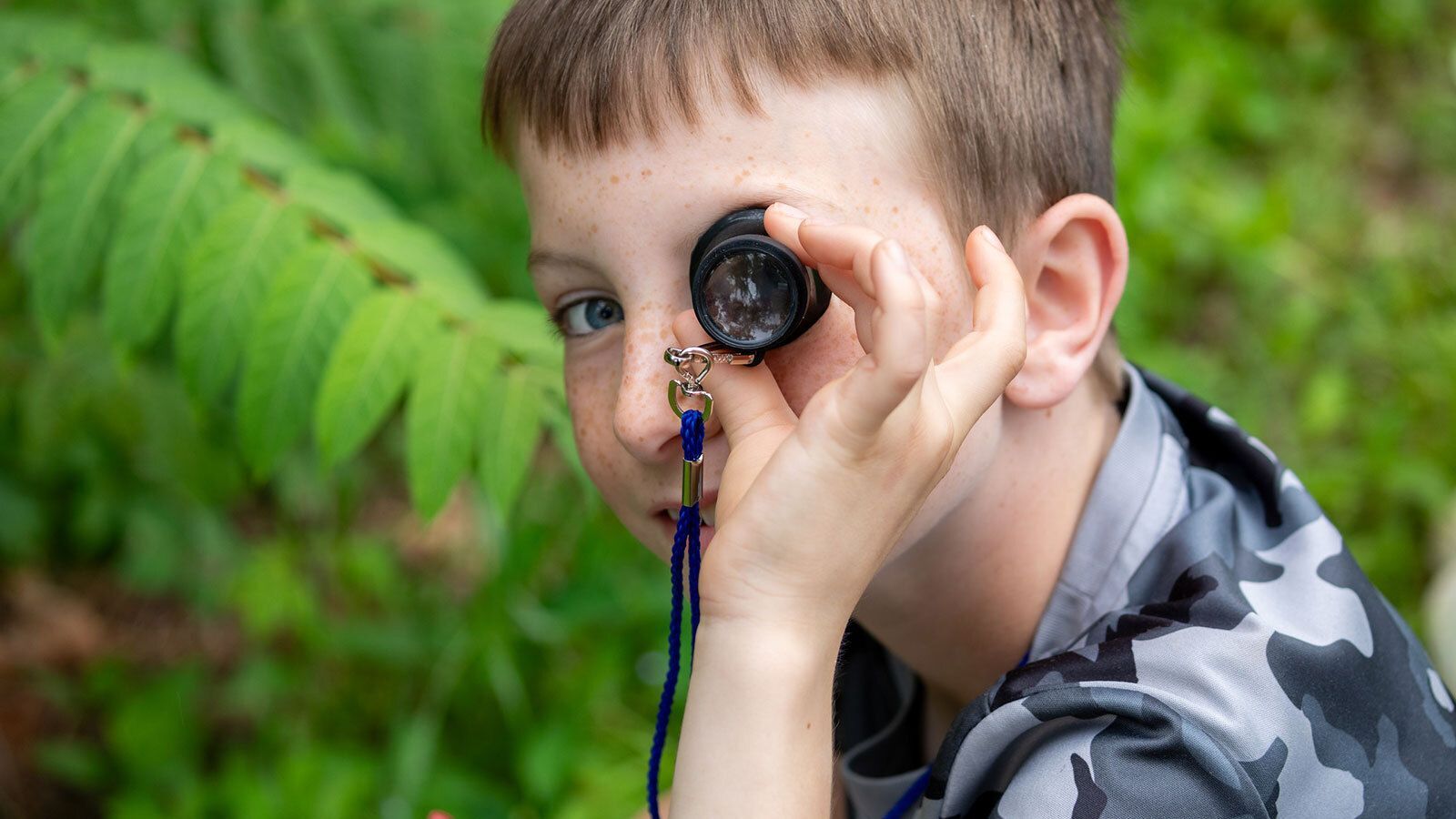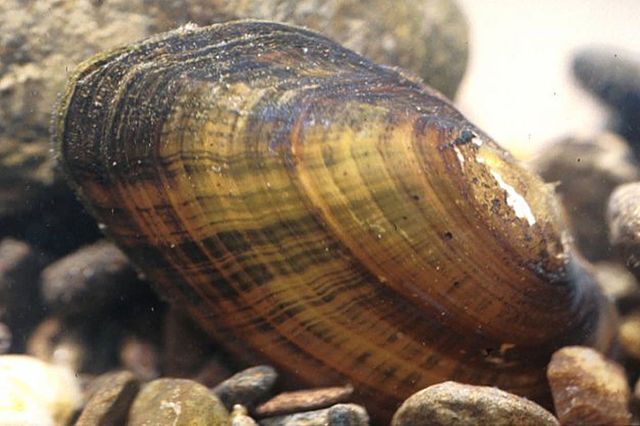Meet the Mussels
Have you ever wondered what happens to all the mess in nature — the old leaves, dead plants, and dirty water? Nature has its own cleaning team! Some animals and plants work behind the scenes to keep the earth healthy. We call them Nature’s Cleanup Crew. One of the quietest but most powerful members of this team is the freshwater mussel.
Freshwater mussels and clams live in rivers, creeks, and lakes. At first glance, they might look like ordinary rocks, but inside their shells are living animals that play an important role in their habitats.
Did You Know?
- Some mussels can live as long as 40 years
- North America is home to nearly 300 different species—more than almost anywhere else in the world!
- North Carolina alone has about 60 species, but many of them are endangered and need protection.
Their Superpower: Filtration!
Freshwater mussels are natural water filters. In fact, a single mussel can filter gallons of water every single day! They eat by pulling in water, trapping tiny bits of food like algae and bacteria, and releasing the cleaned water back out. In doing so, they help keep streams and rivers clear and healthy for fish, frogs, and even people. Their waste also feeds other small organisms and keeps the river bottom in balance. Without mussels, the water would quickly become murkier, smellier, and less healthy for all life.
A Strange Life Cycle
The life of a mussel is more surprising than you might think. Baby mussels, called glochidia, can’t survive on their own at first. To grow, they must hitch a ride on the gills of a fish! Some mussels even use amazing tricks to make this happen. They create little lures that look like worms or tiny fish, fooling real fish into coming close. When the fish investigates, the mussel releases its babies, who attach to the fish and travel with it until they’re big enough to live on their own. Look at the picture on the right to see how the mussel life cycle works.
Most mussels spend their lives buried in sand or mud, staying in one place while quietly cleaning the water. By digging into the river bottom, they also help keep the soil in place, protecting streams from erosion.
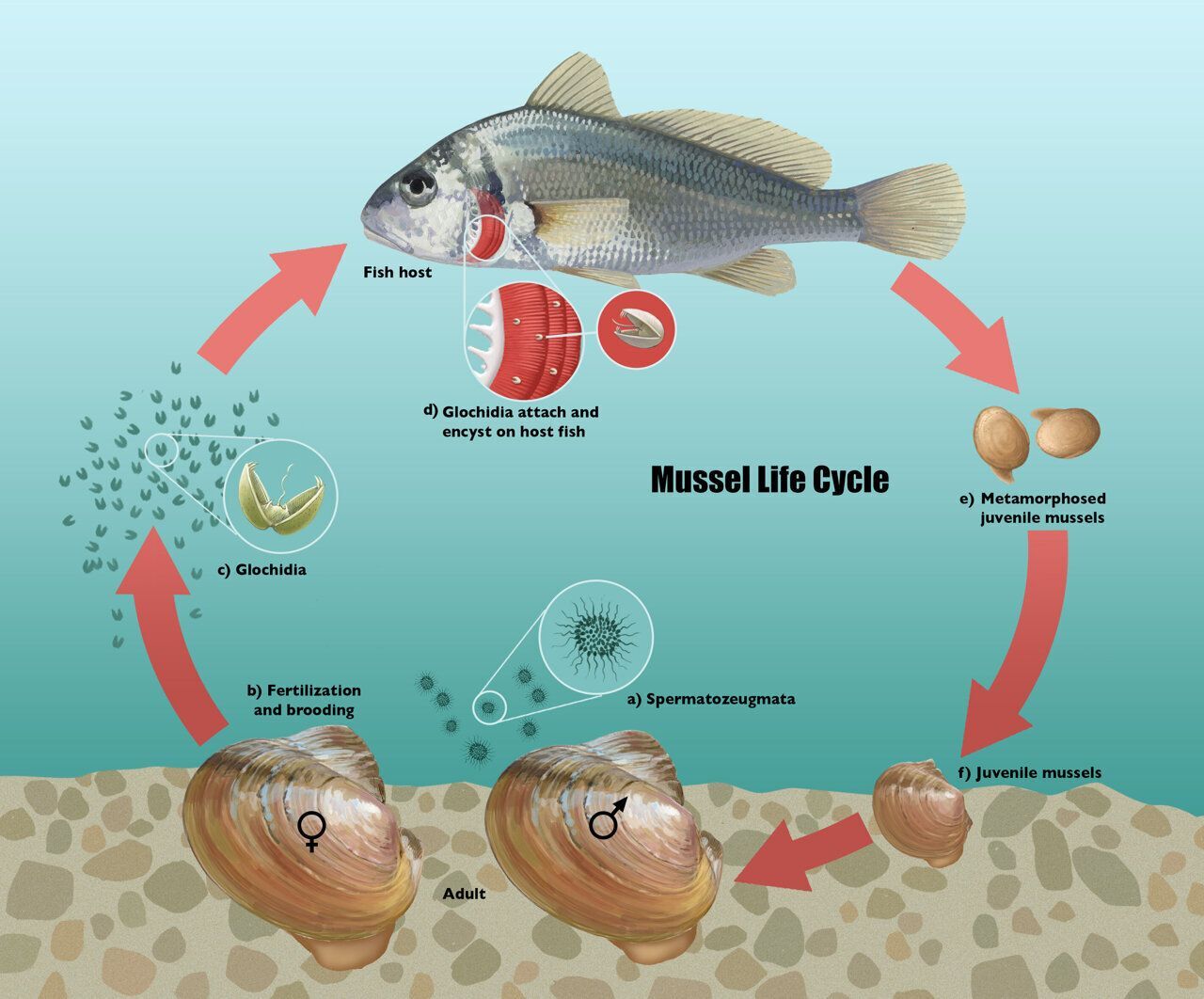
Mussels Life Cycle - John Megahan/University of Michigan
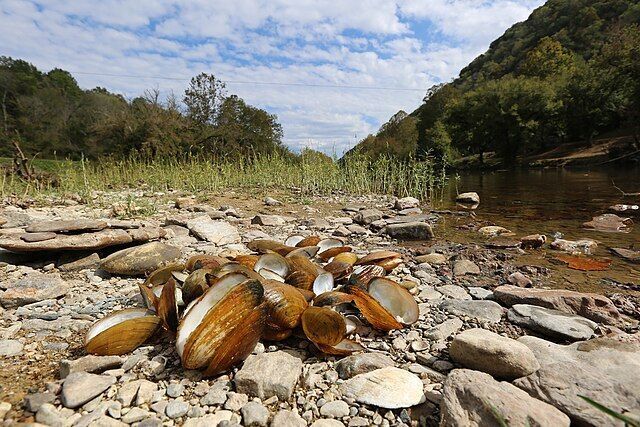
Freshwater Mussels - Photo By USFWS
Why They Need Our Help
Even though mussels are such helpful cleaners, many species are in trouble. Dams keep fish from swimming upstream, which means mussels can’t spread their babies. Pollution and trash clog their gills or poison them, and more than half of North Carolina’s mussels are now considered threatened or endangered.
The good news is that we can help! Never litter, especially near creeks or rivers, and do your part to keep local waterways clean. Small actions make a big difference for these quiet heroes.
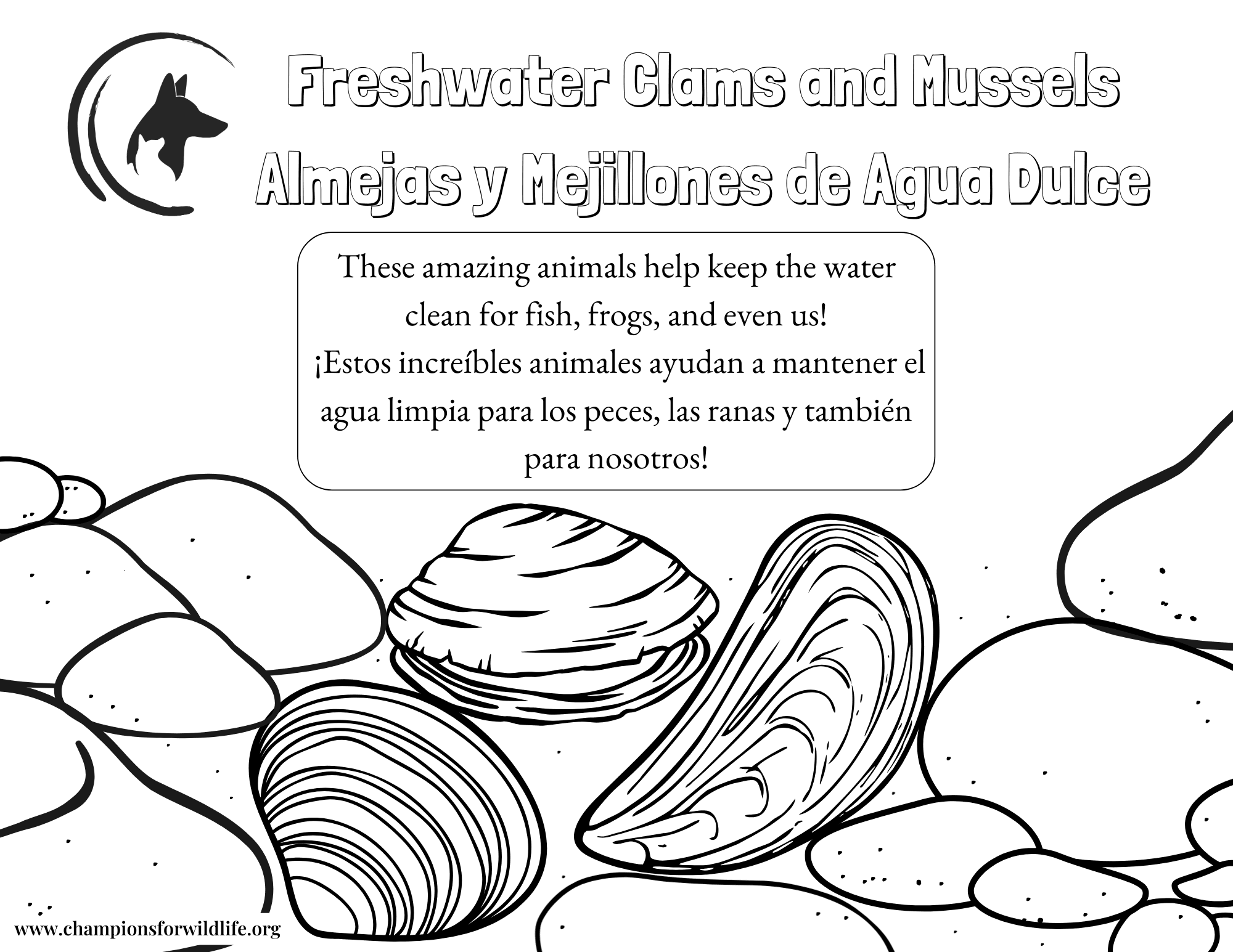
Color It Wild
Ready to bring a mussel to life with color? Ask an adult to help you print the page so you can color it at home or in the classroom!
♻️ Make Your Own Mussel Stamp Art!
Turn everyday recycled materials into art tools! In this project, you’ll design a mussel shell stamp. Once your stamp is ready, dip it in paint and press it onto paper to create a pattern of mussels that looks just like they would on a riverbed.
As you create, think about how mussels live quietly in the sand or mud, cleaning the water around them. Imagine their shapes, textures, and how they cluster together in groups. Use colors that remind you of rivers, lakes, and streams to bring your mussel masterpiece to life!
Share Your Creation!
Do you want to share your masterpiece with others? With your parents help you can send us a photo of your art and we will add it to our Kids Corner Art Gallery!
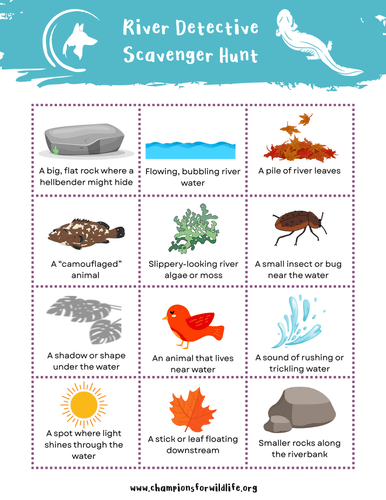
Explore More
Want to keep learning? Go on a River Detective Walk and look for signs of a healthy stream, such as clear water, small fish, or insects. If you’re near a safe creek or river, try standing still with your feet buried in the sand and imagine what it’s like to be a mussel filtering water.
You can also create your own Nature’s Cleanup Crew scavenger hunt by finding other animals or organisms that help keep nature clean, such as worms, fungi, or beetle
